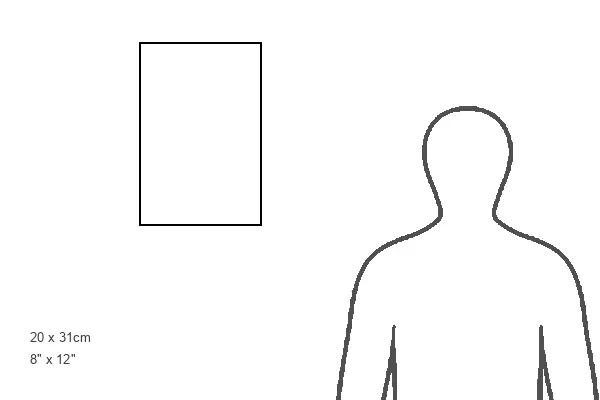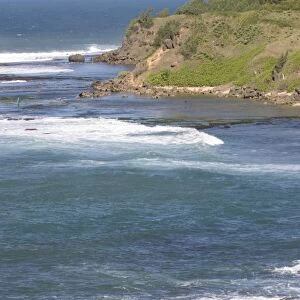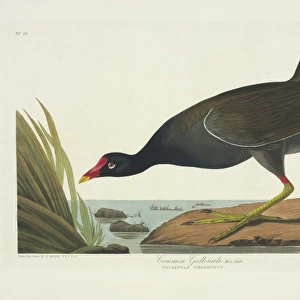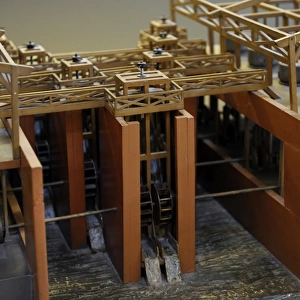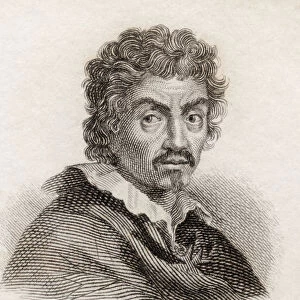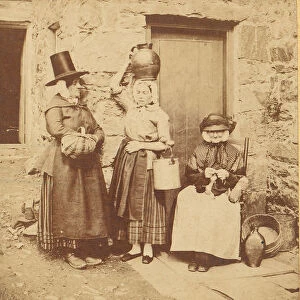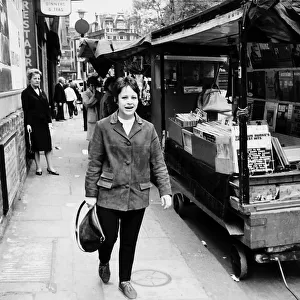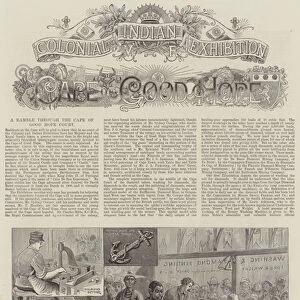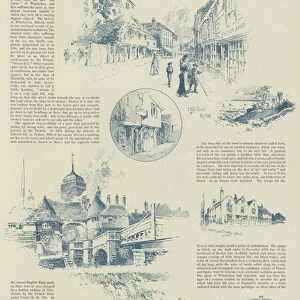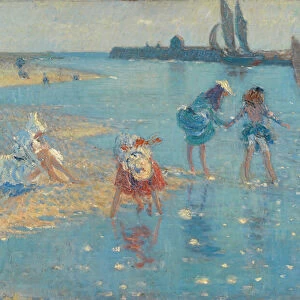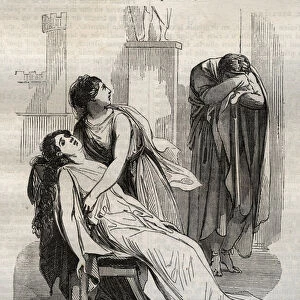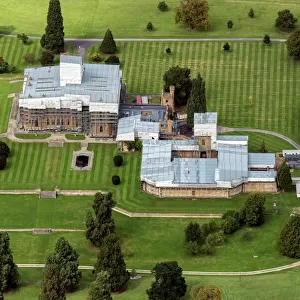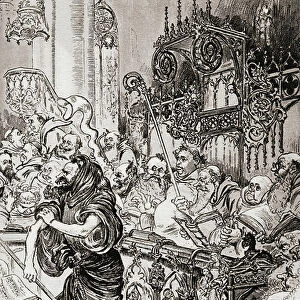Photographic Print : 1664 Robert Boyle Portrait
![]()

Photo Prints from Science Photo Library
1664 Robert Boyle Portrait
Robert Boyle, anglo-irish chemist, physicist and inventor. One of the founders of The Royal Society. Born 25th January 1627- died 31 December 1691. 18th Century copperplate engraving after William Fathoms engraved portrait of Boyle. Boyles famous 1659 vacuum air pump is in the background. Together with Robert Hooke, Boyle used the pump to investigate and develop what is now known as Boyles law: pV = k (that the volume of a gas varies inversely to the pressure of the gas where k and temperature are constant). Boyles work marks the beginning of modern chemistry. Following Bacons principles (though never avowedly a Baconian) he established the experimental method. He dismissed Aristotles theory of four elements, instead favouring a more correct interpretation that matter comprised corpuscles which were built of different configurations of primary particles that could not be reduced
Science Photo Library features Science and Medical images including photos and illustrations
Media ID 6317439
© PAUL D STEWART/SCIENCE PHOTO LIBRARY
17th Century Atoms Bacon Boyle Element Gases Genius Irish Molecules Pressure Pump Robert Boyle Royal Society Scientist Vacuum Hooke
12"x8" Photo Print
Experience the rich history of scientific discovery with our Media Storehouse Photographic Prints. This captivating image, titled "1664 Robert Boyle Portrait" by Paul D.Stewart from Science Photo Library, showcases the intriguing likeness of Robert Boyle, an Anglo-Irish chemist, physicist, and inventor. Born on January 25, 1627, Boyle is renowned for his pioneering work in chemistry and co-founding The Royal Society. Add this stunning print to your home or office to inspire and educate, and bring a piece of scientific history into your space. Order now and relive the fascinating stories of scientific exploration.
Photo prints are produced on Kodak professional photo paper resulting in timeless and breath-taking prints which are also ideal for framing. The colors produced are rich and vivid, with accurate blacks and pristine whites, resulting in prints that are truly timeless and magnificent. Whether you're looking to display your prints in your home, office, or gallery, our range of photographic prints are sure to impress. Dimensions refers to the size of the paper in inches.
Our Photo Prints are in a large range of sizes and are printed on Archival Quality Paper for excellent colour reproduction and longevity. They are ideal for framing (our Framed Prints use these) at a reasonable cost. Alternatives include cheaper Poster Prints and higher quality Fine Art Paper, the choice of which is largely dependant on your budget.
Estimated Product Size is 20.3cm x 30.5cm (8" x 12")
These are individually made so all sizes are approximate
Artwork printed orientated as per the preview above, with portrait (vertical) orientation to match the source image.
EDITORS COMMENTS
This print showcases the 1664 portrait of Robert Boyle, an influential Anglo-Irish chemist, physicist, and inventor. As one of the founders of The Royal Society, Boyle played a pivotal role in shaping modern science. Born on January 25th, 1627, he left an indelible mark on the field until his passing on December 31st, 1691. The artwork itself is an exquisite copperplate engraving from the 18th century based on William Fathoms' original portrait of Boyle. In the background looms Boyles' famous vacuum air pump from 1659—a groundbreaking invention that revolutionized scientific experimentation. Alongside Robert Hooke, Boyle utilized this apparatus to explore and develop what we now know as Boyles law: pV = k. This fundamental principle states that gas volume varies inversely with pressure when temperature remains constant. Boyle's pioneering work marked a turning point in chemistry by establishing the experimental method inspired by Francis Bacon's principles. Rejecting Aristotle's theory of four elements, he embraced a more accurate interpretation that matter consisted of corpuscles constructed from various configurations of primary particles incapable of further reduction. Paul D. Stewart masterfully captures both the essence and significance behind this historic figure through his artistry in this print. It serves as a reminder not only of Boyle's genius but also his contributions to our understanding of gases, atoms, molecules—fundamental building blocks essential to comprehending our world at its most basic level.
MADE IN THE USA
Safe Shipping with 30 Day Money Back Guarantee
FREE PERSONALISATION*
We are proud to offer a range of customisation features including Personalised Captions, Color Filters and Picture Zoom Tools
SECURE PAYMENTS
We happily accept a wide range of payment options so you can pay for the things you need in the way that is most convenient for you
* Options may vary by product and licensing agreement. Zoomed Pictures can be adjusted in the Cart.


